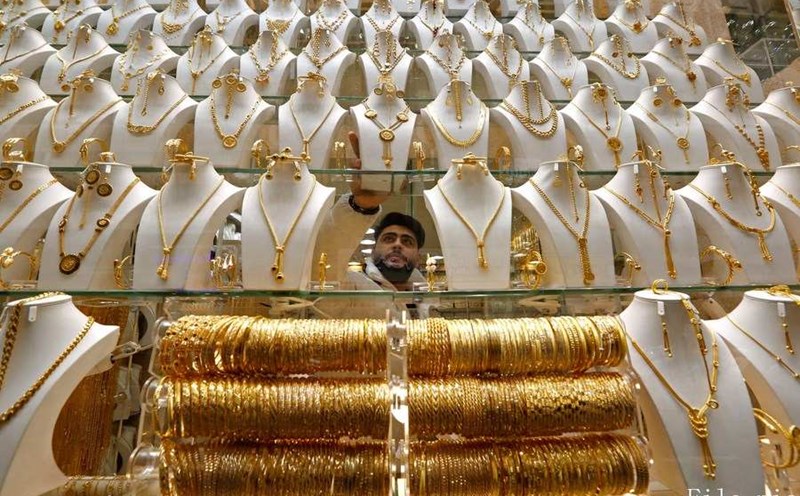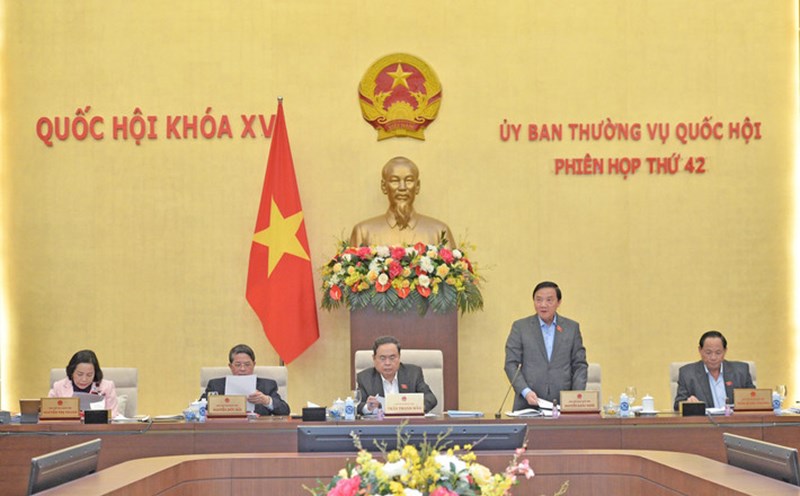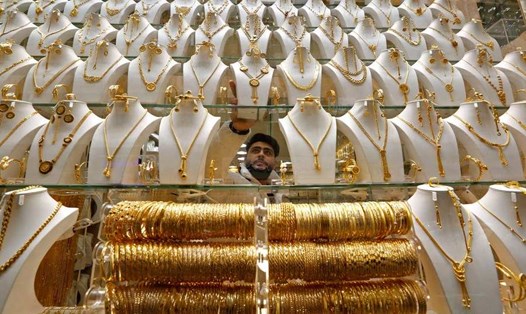Spot gold rose 0.9% to $2,867.59 an ounce at 0906 GMT, after rising 1% to a record high of $2,869.68 earlier in the session. U.S. gold futures rose 0.7% to $2,895, Reuters reported.
China imposed tariffs on US imports in retaliation for new US tariffs on Chinese goods, sparking a trade war between the world's two largest economies.
"The potential economic consequences of the trade war between the US and China are making investors fearful of a global recession and rising inflation," said Dominik Sperzel, head of trading at Heraeus Metals Germany.
Meanwhile, three US Federal Reserve officials warned that President Donald Trump’s trade tariffs could spur inflation. One official said uncertainty about the price outlook makes it more difficult to cut interest rates.
Gold is seen as a hedge against inflation, but higher interest rates could reduce its appeal because the metal does not pay interest.
“Gold is overbought and needs to correct,” said StoneX analyst Rhona O’Connell. “There is still room for further upside. We are still fundamentally bullish on gold this year.”
Reuters pointed out that the RSI index of gold reached 76, surpassing the threshold of 70, signaling that the price of gold is in an "overbought" state.
Global gold demand is expected to rise 1% to a record 4,974.5 tonnes in 2024, driven by higher investment and increased central bank buying in the fourth quarter, according to the World Gold Council.
Spot silver rose 1.1% to $32.44 an ounce, platinum rose 1.3% to $976.05 and platinum rose 0.8% to $998.00.
Also reporting that gold prices are at record highs amid geopolitical and economic risks, Bloomberg pointed out that gold prices stabilized at high levels in early morning trading on February 6 in Asia, after breaking a series of record highs in the previous session.
Gold prices held above $2,865 an ounce — up 0.9% on June 5 — after President Donald Trump said the United States could take over Gaza, said his aides were looking to ease tensions and that he wanted to start pushing for a new nuclear deal with Iran. Washington is also expected to present a plan to end the Russia-Ukraine conflict next week.
Concerns about the fallout from the US-China trade war, as well as the possibility that President Trump will impose tariffs on other countries, are also reinforcing gold’s role as a store of value. Gold prices have risen 9% this year, and central bank demand for gold shows no signs of slowing, according to the World Gold Council.
Markets are also waiting to see if there will be any spillover effects on the US economy and monetary policy if tariffs spark inflation.
Trade war fears have also rocked the gold market, with signs of increased demand as major dealers look to move gold to the US before any tariffs are imposed.
Spot gold was steady at $2,868.15 an ounce as of 8:33 a.m. in Singapore on Feb. 6, after hitting an all-time high of $2,882.36 on Feb. 5. The Bloomberg Dollar Spot Index was little changed after falling 0.9 percent in the previous two sessions. Silver, platinum and platinum all rose.











